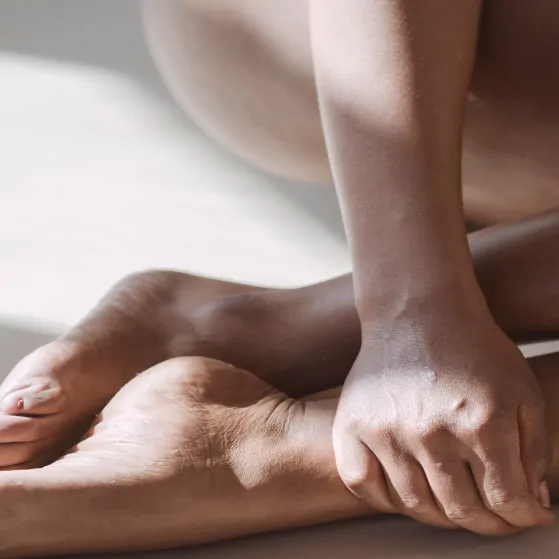TREATMENT SUMMARY
Hyperhidrosis or excessive sweatiness can occur unrelated to external temperature, but more inconveniently due to stress or emotional situations. Sweat glands can be particular sensitive to emotional stimulus, resulting in intense sweating
To treat this, we can use neuromodulators (botulinum toxin). The treatment consists of several injections in pre- determined points by a medical professional
It is possible to notice the effect after 3-5 days, and definitive results are apparent at 7-14 days.

PRICES
DERMAL FILLER
cheeks
from 379€
DERMAL FILLER
tear trough
379€
DERMAL FILLERS
per area
379€
DERMAL FILLERS
Non- surgical rhinoplasty
379€
Frequently Asked Questions (FAQ)
Treatment of Hyperhidrosis or excessive sweating
Antiperspirants
Oral Medications
In some cases, oral medications may be prescribed to manage hyperhidrosis. These medications work by blocking the action of certain neurotransmitters that trigger sweating.
Examples of oral medications used to treat hyperhidrosis include anticholinergics, sympathomimetics, and beta-blockers. It is important to consult with a healthcare professional before starting any new medication, as they can cause side effects and interact with other medications you may be taking.
Lifestyle Modifications
In addition to medical treatments, making certain lifestyle modifications can also help manage hyperhidrosis. These modifications include:
- Staying hydrated: Drinking plenty of water helps to regulate body temperature and reduce sweating.
- Wearing loose, breathable clothing: Opt for clothing made from materials such as cotton or linen that allow moisture to evaporate.
- Avoiding triggers: Identify and avoid situations that trigger excessive sweating, such as hot weather, spicy foods, and caffeine.
- Regular exercise: Regular exercise can help reduce overall sweat production and improve circulation.
- Managing stress: Stress and anxiety can exacerbate hyperhidrosis, so practicing stress-reducing techniques can be beneficial.
Neuromodulatory injections
How Long Do the Effects of the Treatment Last?
The duration of the effects of Botox treatment for hyperhidrosis can vary from person to person. Botox injections last 4 to 6 months on average. However, it is important to note that how long the effects last depend on several factors. These factors include the individual’s response to treatment, the area being treated, and the frequency of treatment.
What are the Possible Side Effects of the Treatment?
While Botox is generally safe and effective, there are a few potential side effects that individuals should be aware of. The most common side effect is temporary discomfort or pain at the site of the injection. This usually resolves within a few hours.
In rare cases, individuals may experience temporary redness, swelling, or bruising at the injection site. These side effects are typically temporary and resolve within a few days.
In extremely rare cases, individuals may experience an allergic reaction. Signs of an allergic reaction may include difficulty breathing, swelling of the face and throat, hives, or chest pain. If any of these symptoms occur, individuals should seek immediate medical attention.
In conclusion
It is important to consult with a healthcare professional or dermatologist to determine the best treatment options for your individual needs. They will evaluate the severity of the condition, consider any underlying medical conditions, and take into account your personal preferences. With proper treatment and management, hyperhidrosis can improve overall quality of life and enhance social interactions.
Contact us
